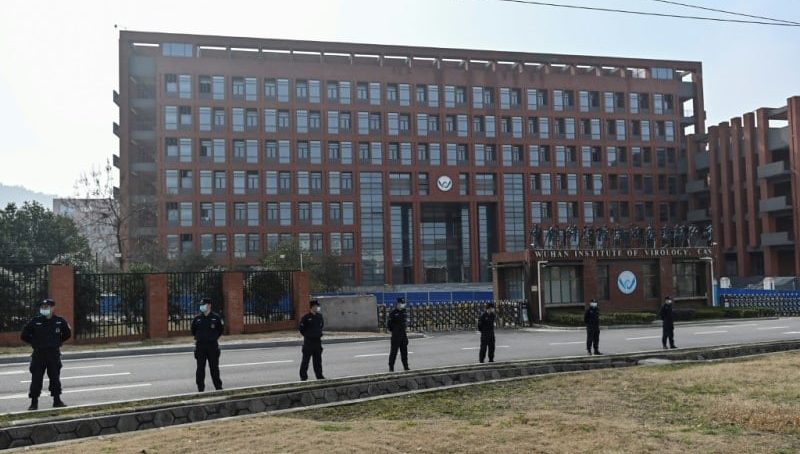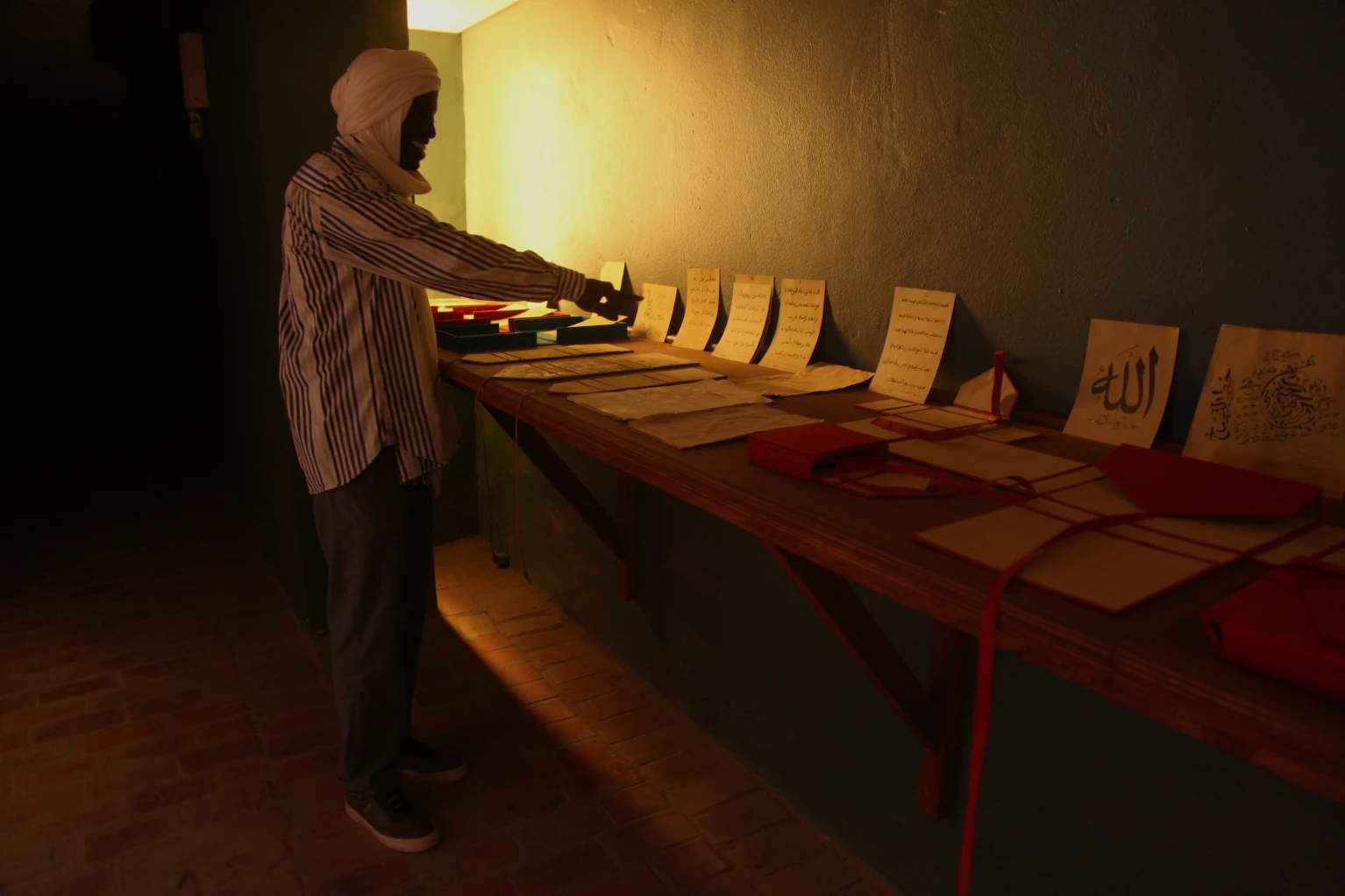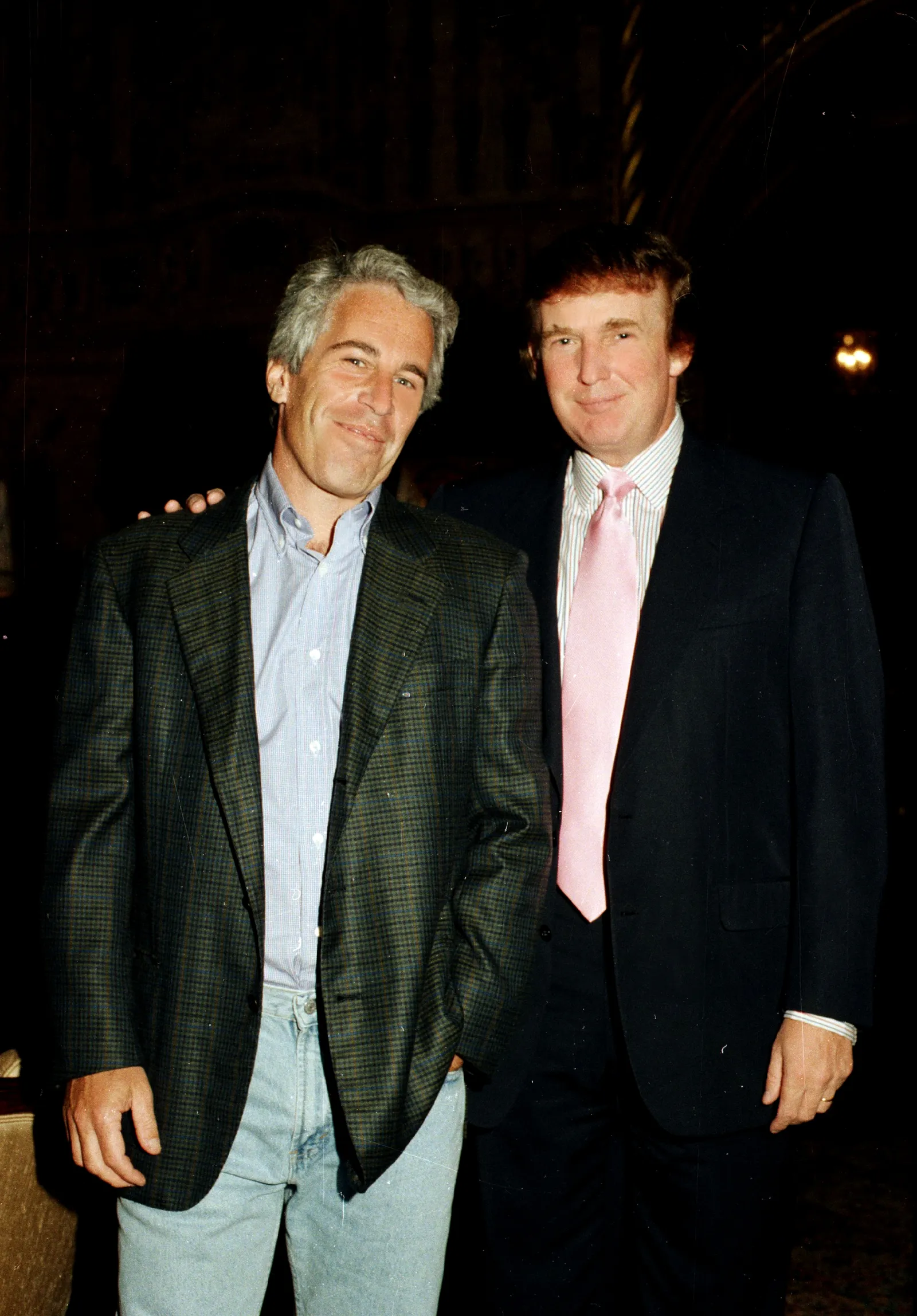
US intelligence agency’s classified analysis offers detailed scientific view that Covid came from China’s Wuhan Institute of Virology
An analysis by the US Defence Department’s intelligence agency concluded five years ago that the virus that caused Covid-19 could have been engineered in a Chinese laboratory and later escaped to spawn the pandemic that eventually killed millions of people, recently released documents obtained by US Right to Know show.
The never-before-published analysis by the Defence Intelligence Agency (DIA) points out that the lab in question – the Wuhan Institute of Virology – was highly capable of genetic manipulation, and includes an assessment that the genome of the coronavirus strain that caused Covid-19 is “consistent with the hypothesis” that it was “a lab-engineered virus” that “escaped from containment.”
The analysis by scientists in the DIA, which is charged with collecting and analysing medical and health intelligence as part of its operations, also concluded that the virus that became known as SARS-CoV-2 could have come from “a bank” of bat coronaviruses in the Wuhan lab that was under the research of senior virologist, Dr Shi Zhengli.
The DIA referred questions about the analysis to the Office of the Director of National Intelligence, which did not respond to requests for comment for this story. Shi, who also did not respond to interview requests, previously denied in news reports that her lab held the virus strain that caused the pandemic.
The DIA has not publicly recognised the analysis as its official position on the matter. But, unlike other federal assessments that provide few details to back up their findings that Covid-19 likely emerged from a lab, the DIA assessment offers the most detailed US agency scientific analysis made public to date supporting why such a conclusion was drawn.
The DIA analysis appears to be the work of reputable government scientists whose findings, made during the first months of the pandemic, were kept secret while a competing hypothesis that Covid-19 emerged by natural means gained traction and became widely accepted.
“The slides are highly significant because they show that a strong scientific basis supporting a potential lab leak was identified early on,” said Steve Massey, a University of Puerto Rico bioinformatics professor and researcher for DRASTIC, a group of scientists investigating Covid-19 origins.
“Much of that basis has subsequently been fortified by new information, such as the absence of furin cleavage sites in newly sequenced coronaviruses related to SARS-CoV-2,” he added.
The DIA analysis, which is dated June 25, 2020 – about three and a half months after COVID-19 was declared a pandemic – has not been previously disclosed to the public. The documents consist of a 46-page slide deck and are labelled with the classification, “secret/noforn” – or, not releasable to foreign nationals. Eight pages of the analysis remain classified and were withheld from disclosure. The analysis was part of a batch of documents – some heavily redacted and one marked “top secret” – recently released to US Right to Know after it filed a Freedom of Information Act request and later sued to get the records.
The DIA analysis does not prove how the pandemic began. Rather, it argues that the virus could have come from a lab, and shows that multiple features in its genome are consistent with genetic manipulation. The analysis also offers a plausible scenario for how the virus could have been made in the lab and then escaped.
Over the past two years, US agencies including the FBI, the Department of Energy and the CIA, have publicly acknowledged assessments concluding that COVID-19 could have emerged from a lab, though most intelligence agencies assess that the virus likely occurred naturally by passing from an infected animal to a human. Neither scenario has been disproved.
In the DIA’s unpublished analysis, scientists noted that researchers at the Wuhan lab were performing the types of experiments that could lead to the creation of a virus like SARS-CoV-2, sometimes under inadequate safety conditions that could not prevent a highly transmissible virus from escaping.
While the authors of the analysis are not identified, the documents were disclosed in response to US Right to Know’s FOIA request that sought records related to assessments conducted by Robert Greg Cutlip, Jean-Paul Chretien, and John Hardham – scientists who conducted work for the National Centre for Medical Intelligence, a component of the DIA.
The analysis advances a previously reported, but less detailed working paper authored by two of the scientists, Chretien and Cutlip. Their paper refuted conclusions published in The Proximal Origin of SARS-CoV-2, a highly influential paper whose authors, while acknowledging they couldn’t prove or disprove COVID-19’s origins, contended they believed no “type of laboratory-based scenario is plausible.” The Proximal Origin paper – co-authored by a group of virologists and published in the journal Nature Medicine in March 2020 – helped establish the hypothesis that Covid-19 had a natural origin during the early stages of the pandemic.
In 2023, Chretien told members of the US House Select Subcommittee on the Coronavirus Pandemic that he and Cutlip held a briefing about their paper for other analysts within the agency in 2020 “that provided more detail and scientific background.”
“The thought that I had at the time was that everything we had seen … suggested that a natural origin is plausible and that a laboratory origin is plausible as well,” he told the subcommittee.
Chretien also said he didn’t know whether the findings were shared with anyone outside the DIA.
In August 2023, The Australian reported that scientists from four different intelligence agencies agreed with Chretien and Cutlip’s assessments, but government officials kept the DIA scientists’ findings out of the public eye.
Meanwhile, the theory that Covid emerged naturally gained wide acceptance. The Proximal Origin paper garnered over three million views within two weeks. It was quickly and widely cited as proof that Covid emerged naturally – even from the White House. In turn, lab-origin hypotheses were branded as conspiracy theories.
Yet emails and Slack messages subpoenaed by Congress in 2023 showed that some Proximal Origin authors privately accepted a lab-engineered scenario as plausible.
“The lab escape version of this is so friggin’ likely to have happened because they (the Wuhan lab) were already doing this type of work and the molecular data is fully consistent with that scenario,” Kristian Andersen, a co-author of the Proximal Origin paper, wrote in a private Slack channel with other scientists on February 1, 2020.
Unlike its closest relatives, the coronavirus strain that caused the pandemic possesses a genetic feature that helps make it highly transmissible to humans, called a furin cleavage site.
Scientists have long known that these sites can make viruses more infectious, and they have a history of adding them to viruses in the lab. The big question is, did the site in SARS-CoV-2 evolve naturally, or through experimentation in the lab?
The Proximal Origin authors argued that the site in SARS-CoV-2 probably arose naturally through the same evolutionary processes that create furin cleavage sites in influenza. They also discounted the possibility that the site in the novel coronavirus was engineered in a lab because doing so would require culturing a virus nearly identical to the pandemic virus for a long time, and no such genome or work had been published.
But when the DIA analysis compared SARS-CoV-2 to influenza and other coronaviruses with natural furin cleavage sites, they found that the site in the pandemic virus had a far different genetic makeup. The analysis does not explain this difference, only stating that the site in SARS-CoV-2 “does not appear to be inserted via the same mechanism that drives influenza insertions.”
The DIA analysis pointed out that Chinese researchers, including those at the Wuhan lab, had already inserted furin cleavage sites into coronaviruses. In fact, the lab’s researchers and their American collaborators proposed a project in 2018 that appeared to plan to insert cleavage sites into coronaviruses at the same spot where it exists in the genetic sequence of the virus that caused COVID-19.
The analysis also discounted a paper that the Proximal Origin authors appeared to cite as the evidence that swayed them to conclude that Covid-19 arose naturally.
This paper reported the discovery of a new SARS-CoV-2 relative called RmYN02 that seemed to have a small section that partially resembled the furin cleavage site in SARS-CoV-2. But the DIA analysis suggested that RmYN02 might actually be a “red herring.” This site didn’t have the components necessary to make a functional furin cleavage site, and the analysis suggests that it was located in a different spot that was near – but not the same as – the site in the novel coronavirus.
The discovery of other close SARS-CoV-2 relatives in 2021 appeared to confirm the DIA scientist’s suspicions.
This meant that SARS-CoV-2 remained the only virus among close relatives to have a furin cleavage site inserted in its spike protein – the key feature that likely made the virus capable of unleashing a pandemic.
A central argument in Proximal Origins is that SARS-CoV-2 could not have been made in a lab because there are no published coronavirus genomes that are similar enough to use as a viral template.
The DIA analysis rejects this argument, stating that, “The absence of a published progenitor [template] virus for SARS-CoV-2 only indicates that it has not been published, not that it does not exist.”







